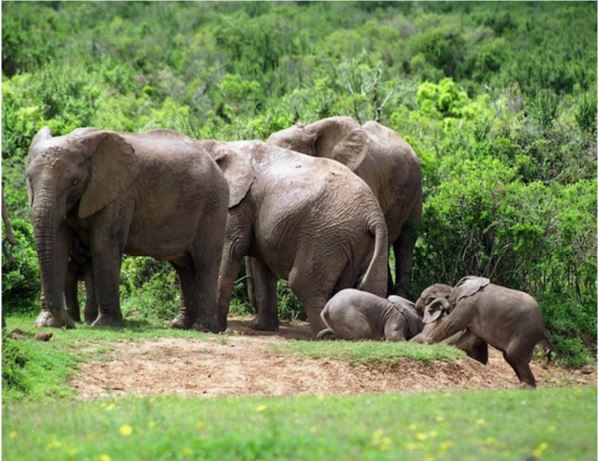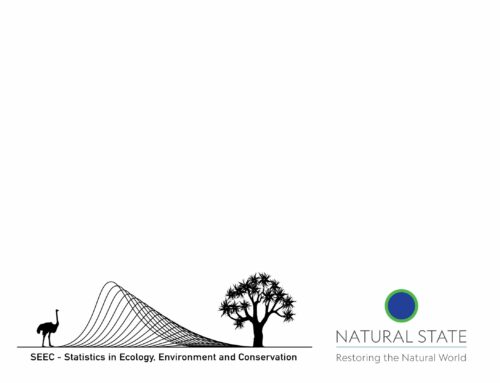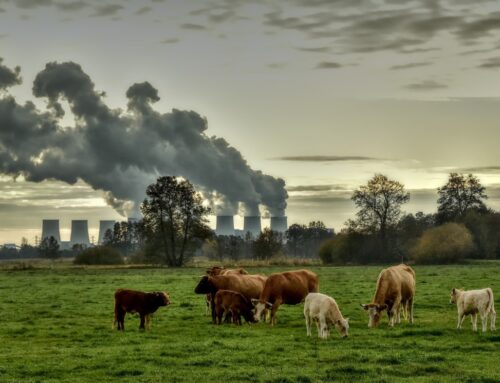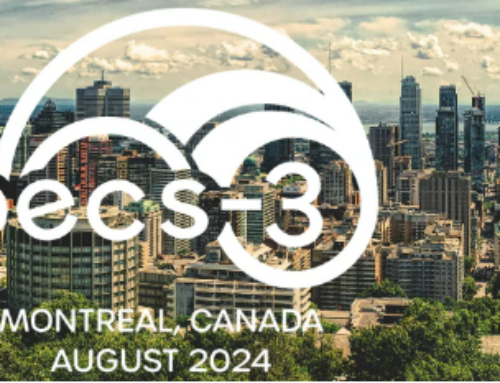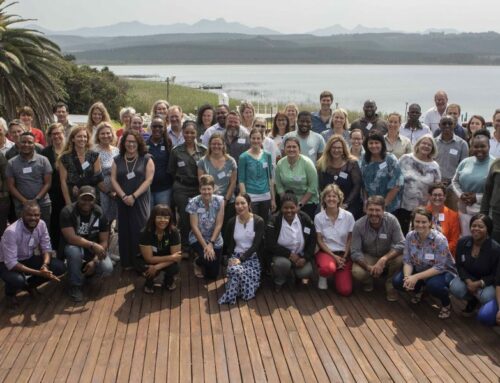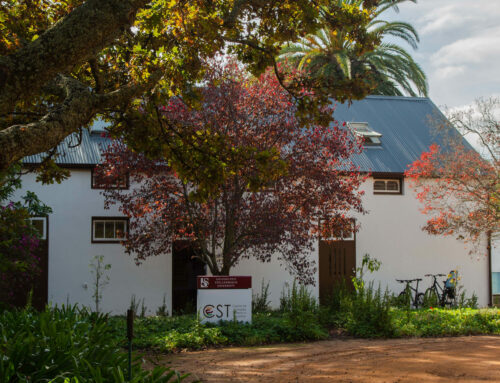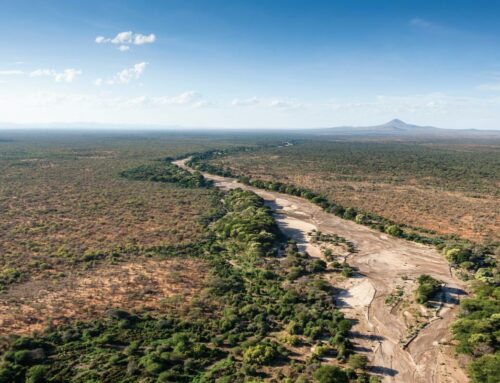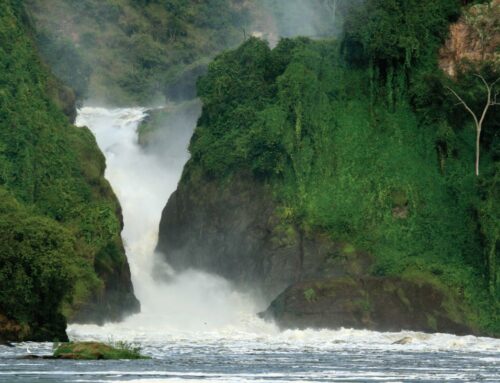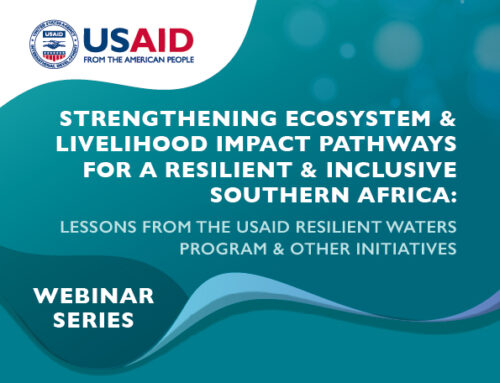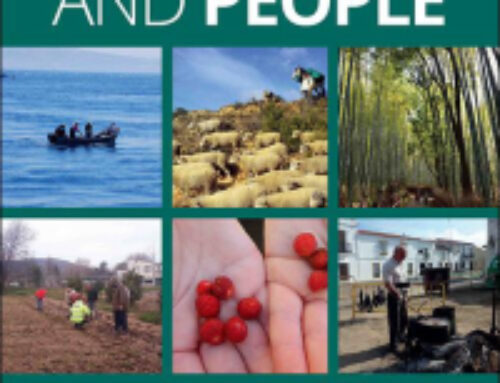To compete for a burgeoning tourist market looking for a great wildlife experience, protected areas (particularly more commercially driven privately-owned ones) often over-stock on charismatic species. But do more charismatic species equate to more visitors, and more revenue?
In a paper recently published in the journal Ecological Applications, and featured more popularly in the magazine “Conservation”, Kristi Maciejewski and Graeme Kerley from the SAPECS-affiliated Protected Areas Project find that this is not necessarily the case. In their study, carried out in the Eastern Cape, higher elephant densities did not translate to increased elephant sightings, nor increased revenue. The researchers argue that, paradoxically, tourist perception may actually be negatively affected by higher elephant densities in the long run, as higher densities may result in a degraded ecological landscape that supports a much lower diversity of species.
In addition to challenging widely-made assumptions about the economic and ecological trade-offs implicit in stocking charismatic species, this study also shows that adopting a social-ecological systems approach can help illuminate and understand feed-backs that are critical to the sustainable management of natural resources.


